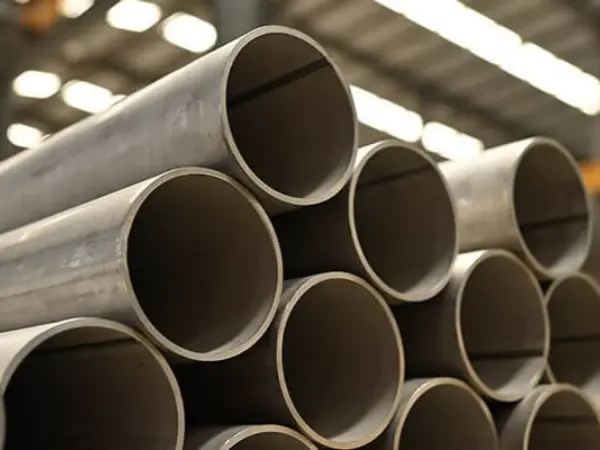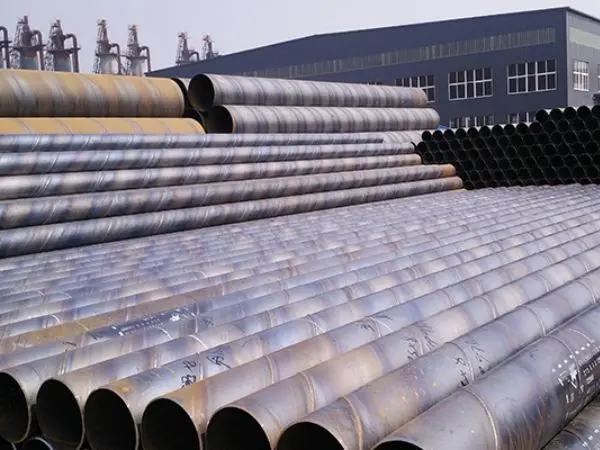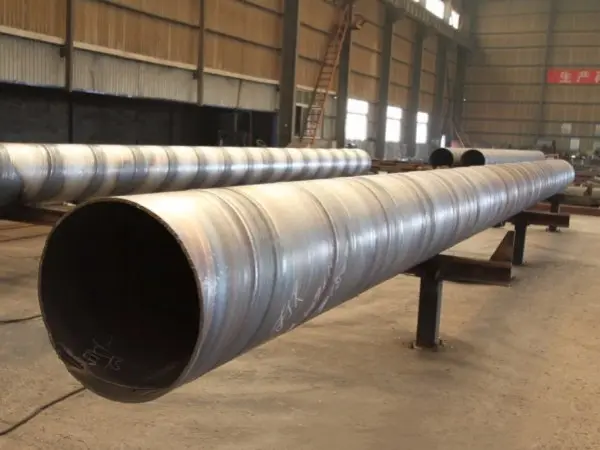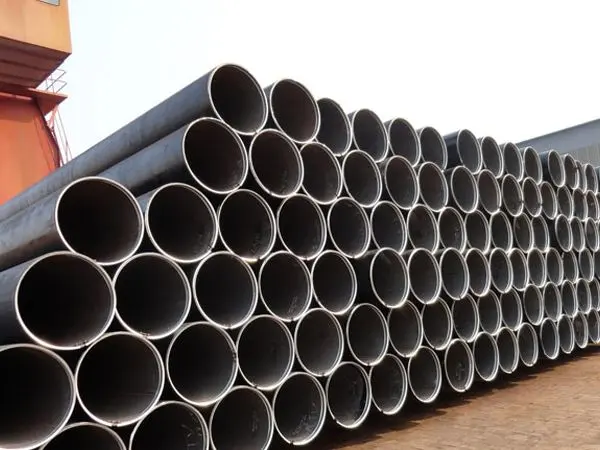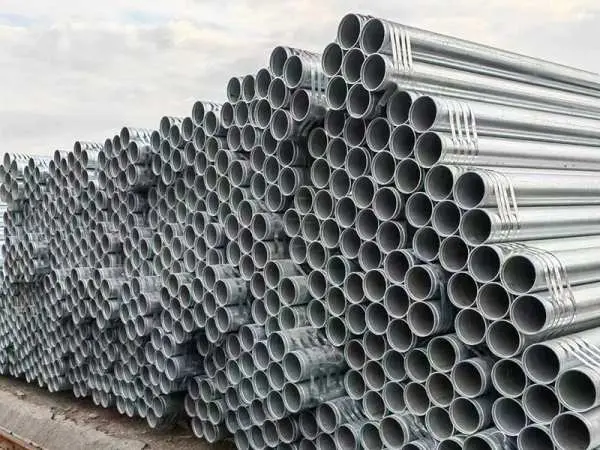- Phone0086 731 8564 8255
- E-mailsales@cscsteel-manufacturing.com
-

To effectively manage the safety of spiral steel pipes and address the issue of excessive misalignment at the pipe ends (nozzles), it is essential to implement a series of preventive and corrective measures within the scope of quality management. Proper alignment is critical to maintaining the structural integrity and performance of spiral steel pipes, especially under pressure-bearing conditions. The following measures are recommended:
Continental Steel Co., Ltd is professional spiral steel pipes manufacturer, for more details, please contact:sales@cscsteel-manufacturing.com
Utilize Internal Alignment Tools:
Prioritize the use of internal alignment devices during the assembly process. These tools help maintain precise positioning of pipe sections and minimize axial and radial misalignment.
Perform Engineering Measurement and End Preparation:
Conduct detailed engineering measurements and trimming before and during assembly. Accurate preparation of pipe ends ensures a better fit and reduces the risk of misalignment during welding.
Grade and Match Pipe Sections Prior to Welding:
During the pipe group alignment process, it is crucial to classify and match pipe sections based on diameter, wall thickness, and end shape. This step helps ensure uniform alignment and reduces welding defects.
Apply Local Corrections with Copper Tools:
For localized misalignments, use non-sparking tools such as copper hammers or copper plate hammers to gently adjust and correct deviations without damaging the pipe surface or affecting weld quality.
Address Dislocation and Deformation with Gap Adjustment:
If dislocation or deformation is observed at the joint, adjust the fit-up gap accordingly. Ensuring a consistent and appropriate welding gap helps control weld stress and prevents defects such as undercuts or lack of fusion.
Additional Recommendations for Spiral Steel Pipe Safety Management:
Regular Inspection and Monitoring:
Implement routine inspections throughout the manufacturing and installation processes to detect any signs of deformation, corrosion, or structural flaws early.
Welding Quality Control:
Ensure that qualified welders and standardized welding procedures are used. Non-destructive testing (NDT) such as ultrasonic testing or radiographic inspection should be applied to verify weld integrity.
Proper Storage and Handling:
Prevent physical damage and deformation during transportation and storage by using appropriate supports, spacers, and protective coverings.
Documentation and Traceability:
Maintain detailed records of material batch numbers, inspection reports, and welding procedures to enhance traceability and accountability throughout the project lifecycle.
By applying these measures, the overall safety, durability, and performance of spiral steel pipes can be significantly improved, reducing the risk of structural failures and ensuring compliance with industry standards.
